How to Start a Spring Garden
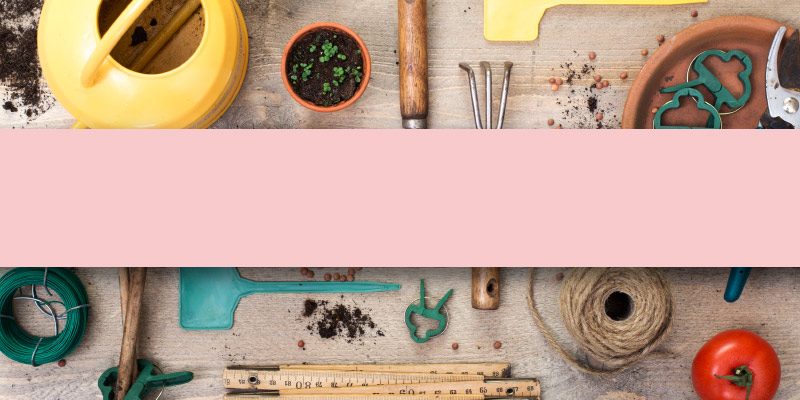
If you’ve always wanted to try your hand at gardening, there’s no better time to dig into this rewarding, relaxing hobby like spring. It’s easy to grow flowers, vegetables, or herbs both indoors and outdoors, as long as you plan ahead. Check out these gardening tips before you start plotting.
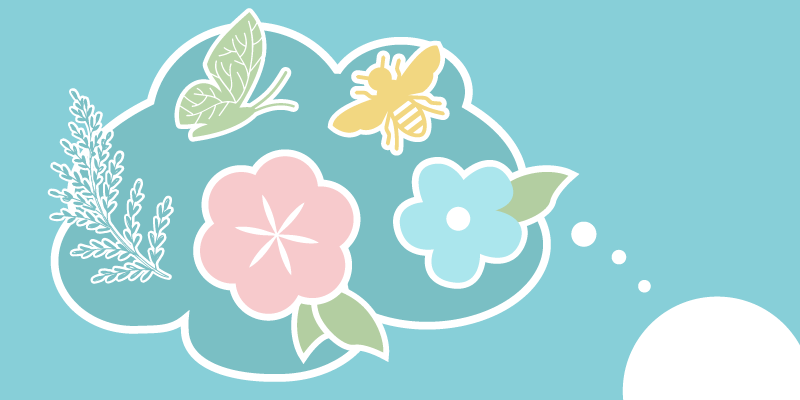
Before You Start Gardening
Starting an outdoor garden or growing plants indoors is a great way to relax and indulge in self-care, especially after a long winter. You might be ready to pull on some gloves and start digging, but it’s important to take a few things into consideration beforehand.
First, think about the type of garden you want. Will you be planting indoors or outdoors? What types of plants will you be growing? If this is your first time growing plants, try to stick with low-effort varieties, and keep in mind that flowers and vegetables will require different care. Make sure you do a little research into the plants you’re envisioning before you put them into the ground to ensure they’ll be able to grow successfully.
Also, it’s important to pick the right area to plant. Most vegetables and flowers need around 6-8 hours of sunlight, but there are plenty of varieties that can thrive in the shade. So, if your yard has lots of shade trees or your windowsill isn’t in direct sunlight, make sure you get the right type of plant.
If it’s possible, choose a place near access to water (like a hose for an outdoor garden) so that watering doesn’t become a difficult chore. Also, it’s nice to have your planters or garden where you can see them. It’s a built-in reminder to care for them, and a great way to check out the progress of your budding babies every day.

Get Planting Outdoors
Once you’ve decided to plant an outdoor garden, it’s time to find the perfect spot. Besides making sure the plants will get enough light, it’s important to plant on level ground. It’s a good idea to add organic matter (compost, decayed leaves, manure, or ready-made organic soil) to the ground to make sure it’s fertile enough to support your plants. Dig the soil when it’s moist for the best results and start with a smaller plot if you’re new to gardening.
Make sure you pick your plants wisely. Unlike indoor plants, you can’t easily control the environment outdoor gardens are exposed to. Make sure your plants are ready to stand up to the local climate and available sunlight. Some easy plants for outdoor gardening are: cucumbers, peppers, tomatoes, lettuce, annual flowers like marigolds, geraniums, and sunflowers, and perennial flowers like pansies, black-eyed Susans, and daylilies. Read the plant’s requirements before you put them into the ground to make sure they’re planted deep enough and far enough away from other plants. Also, avoid planting too early if where you live is prone to frost early in the springtime. You could always start your seedlings inside and move them to the garden when the time is right.
It’s also a good idea to use mulch to protect your garden from weeds and help the plants stay hydrated. Make sure to pull out any weeds you see, clear the garden of dead vegetation, and try your best to keep bugs and other pests away.
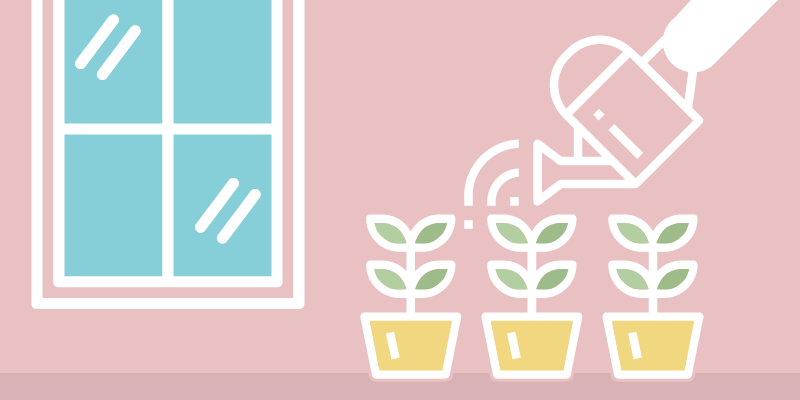
Indoor Garden Prep
There are lots of benefits to having an indoor garden. First, you can start one at any time of year, since you’ll be in control of the plants’ environment. A lot of indoor gardens can start with plants that are already matured, purchased from a store. There are also many indoor kits or hydroponic devices to make growing plants inside your home super easy.
Consider the conditions of your space before you select your plants. Think about how much light you get, the temperature of the room, and how big the plants will grow. You should also consider what types of pots or containers you’ll need. Choosing the right pot involves making sure it’s large enough for the plant to thrive, as well as allowing for proper drainage of the soil.
Just like gardening outdoors, it’s important to learn the requirements for water, soil, and light before putting your plants into the pot. Choose a seed-starting mix if you’re starting your garden from scratch, or a potting soil for plants that have already started to grow. Make sure your pots have enough drainage holes to let any excess water out to prevent your plants from getting over-watered, which can cause root rot.
Place your plants in an area where they’ll get adequate light. If you’re planting vegetables like tomatoes, cucumbers, or other fruiting plants, it’s a good idea to buy a dedicated gardening light to help your plants grow strong. A few plants that can easily thrive indoors are: aloe, snake plants, lettuce, spinach, herbs, and peace lilies, because they are forgiving of low light and cooler temperatures.
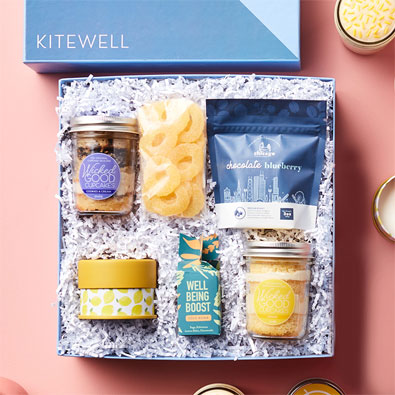
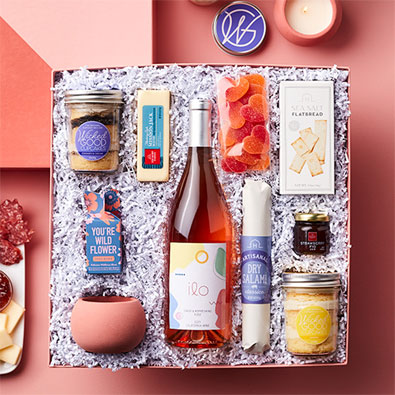
Gifts to Grow
If you’re shopping for someone who loves plants and flowers (or if you’re looking to treat yourself!) Hickory Farms offers gifts that come with easy-to-grow seed bombs or seed pops from Modern Sprout. Send sunshine with the Sunshine & Snacks Gift Box featuring a Well Being Boost Seed Bomb. Another great option for a housewarming, birthday, or bridal shower is the Blooms & Bites Wine Gift Box that comes with a You’re Wild Flower Seed Bomb.
Seed bombs and seed pops are the easiest way to start growing flowers and herbs—just open the container, plant in soil, and watch it grow!
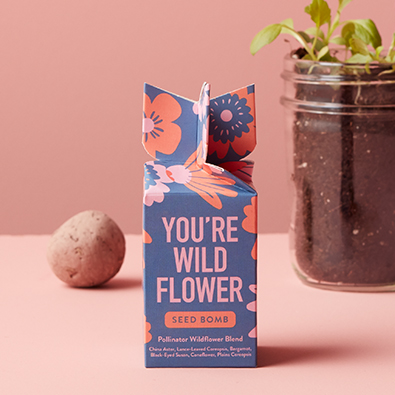
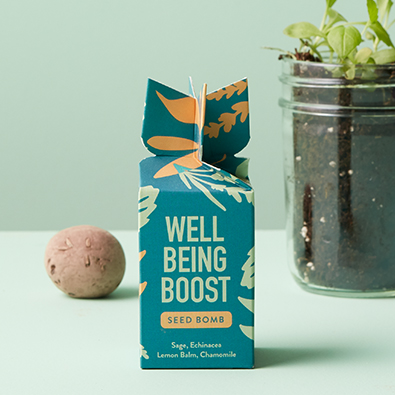
If you have the patience and dedication, gardening can be a rewarding hobby that yields great results. You’ll have beautiful flowers or ferns to enjoy, or vegetables and herbs you can use to add flavor and color to meals, cocktails, and even charcuterie boards. Try an indoor or outdoor garden this season!
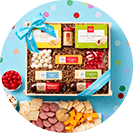
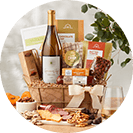


 Gift Baskets
Gift Baskets














